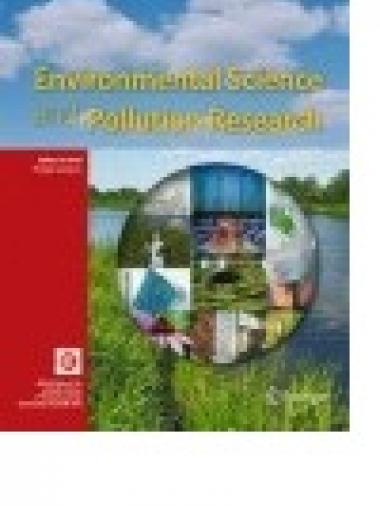Factors affecting farmers’ use of organic and inorganic fertilizers in South Asia

Fertilizer, though one of the most essential inputs for increasing agricultural production, is a leading cause of nitrous oxide emissions from agriculture, contributing significantly to global warming. Therefore, understanding factors affecting farmers’ use of fertilizers is crucial to develop strategies to improve its efficient use and to minimize its negative impacts. Using data from 2528 households across the Indo-Gangetic Plains in India, Nepal, and Bangladesh, this study examines the factors affecting farmers’ use of organic and inorganic fertilizers for the two most important cereal crops – rice and wheat. Together, these crops provide the bulk of calories consumed in the region. As nitrogen (N) fertilizer is the major source of global warming and other environmental effects, we also examine the factors contributing to its overuse. We applied multiple regression models to understand the factors influencing the use of inorganic fertilizer, Heckman models to understand the likelihood and intensity of organic fertilizer (manure) use, and a probit model to examine the over-use of N fertilizer. Our results indicate that various socio-economic and geographical factors influence the use of organic and inorganic fertilizers in rice and wheat. Across the study sites, N fertilizer over-use is the highest in Haryana (India) and the lowest in Nepal. Across all locations, farmers reported a decline in manure application, concomitant with a lack of awareness of the principles of appropriate fertilizer management that can limit environmental externalities. Educational programs highlighting measures to improving nutrient-use-efficiency and reducing the negative externalities of N fertilizer over-use are proposed to address these problems.
Citation
Aryal JP, Sapkota TB, Krupnik TJ, Rahut DB, Jat ML, Stirling CM. 2021. Factors affecting farmers’ use of organic and inorganic fertilizers in South Asia. Environmental Science and Pollution Research